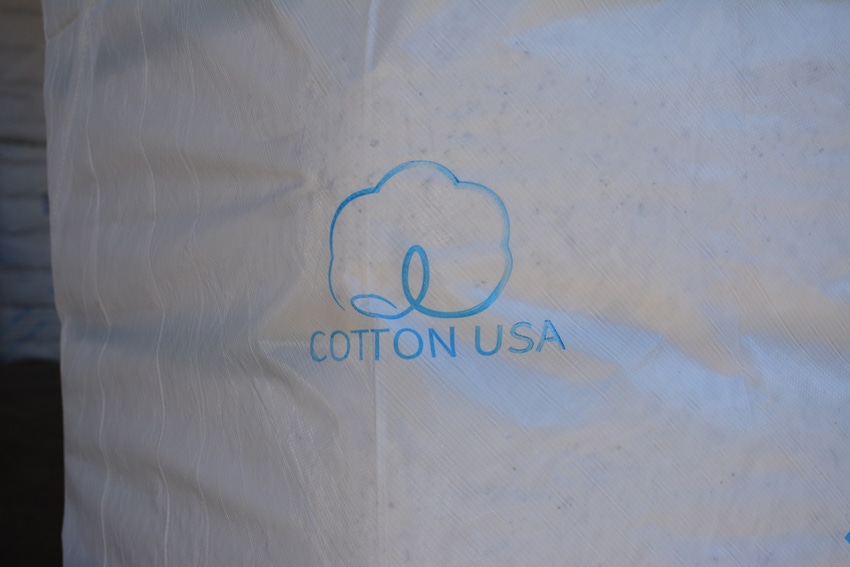
Cotton: After slightly adjusting the “Unaccounted” fudge factor, projected U.S. ending stocks declined from 6.0 to 5.8 million bales, month-over-month, which is an exact reversal of what happened in September. The October adjustment would ordinarily be viewed as neutral to modestly bullish, all other things being equal.

On the surface, the October World Agricultural Supply and Demand Estimates and crop production reports were fairly tame. The USDA’s October projections of 2017/18 world cotton supply and demand involved minor adjustments.
A large cut in U.S. production was offset by increases in Brazil, Argentina, Mexico, and the EU, for a small net 110,000 bale increase in world production, month-over-month. World domestic use adjustments were mostly for Vietnam, with a 250,000 bale increase, compared to September. After some small adjustments to the trade variables, the bottom line was a small 160,000 bale decrease in world ending stocks, month-over-month. Such an adjustment would be expected to be price neutral, especially since it did not involve China, India, or Pakistan.
The U.S. supply and demand projections were not as clear-cut. After two months of large and surprising month-over-month increases in projected U.S. production, the October WASDE finally appeared to deliver on expected hurricane damage losses, with a 643,000 cut in U.S. production from the previous month.
The USDA noted this downward adjustment was mostly in Texas and Georgia, suggesting damage from Hurricanes Harvey and Irma, respectively. The cut in production resulted from both lower average yield per acre (-19 pounds) and fewer harvested acres (-100,000 acres). The other main adjustment was a 400,000 bale cut in U.S. exports, month-over-month, which was attributed to smaller exportable surpluses and greater export competition.
REVERSAL OF SEPTEMBER
After slightly adjusting the “Unaccounted” fudge factor, projected U.S. ending stocks declined from 6.0 to 5.8 million bales, month-over-month, which is an exact reversal of what happened in September. The October adjustment would ordinarily be viewed as neutral to modestly bullish, all other things being equal.
This outcome was widely expected (average trade expectations were for 5.7 million bales of ending stocks), and the levels of crop production and ending stocks, while smaller, remain fairly high. However, a closer examination of the adjustments in Texas reveals more confusion, not less. Of the 300,000 bale cut in Texas, relative to the September projection, 85 percent of that was in the High Plains.
My agronomy brethren would attribute that to abnormally cool and cloudy weather in August and September. But the inexplicable part is that the September projections were only reduced 50,000 bales in the area most affected by Hurricane Harvey. This does not jibe with previous estimates of the Upper Coast having hundreds of thousands of bales at risk.
ADJUSTMENT DELAYS
So, either the initial estimates of Hurricane Harvey damage were grossly overestimated, or they are very, very delayed in being measured. Unfortunately, the conflicting information may not be resolved for a while.
The regional office of USDA-NASS expects updated information in their December report. The USDA’s World Agricultural Outlook Board (publishers of the WASDE report) is also reported to be reviewing how they will reflect the atypical situation of a lot of potentially damaged post-harvest cotton, i.e., in modules.
These government analysts, and most industry watchers, will be paying more attention to the monthly ginnings reports. But it still may take several months to sort all this out. From an analyst’s perspective, this is all very unusual, and somewhat frustrating. (Of course, that is nothing compared to the very real disaster that the storm brought to individual growers on the Gulf Coast.)
The main market implication of this extended uncertainty is that it will help keep a weather premium supporting ICE cotton futures until winter. After that, prices may weaken, especially if the USDA is still projecting 20-something million bales of U.S. production.
For additional thoughts on these and other cotton marketing topics, please visit my weekly on-line newsletter at http://agrilife.org/cottonmarketing/
About the Author(s)
You May Also Like





